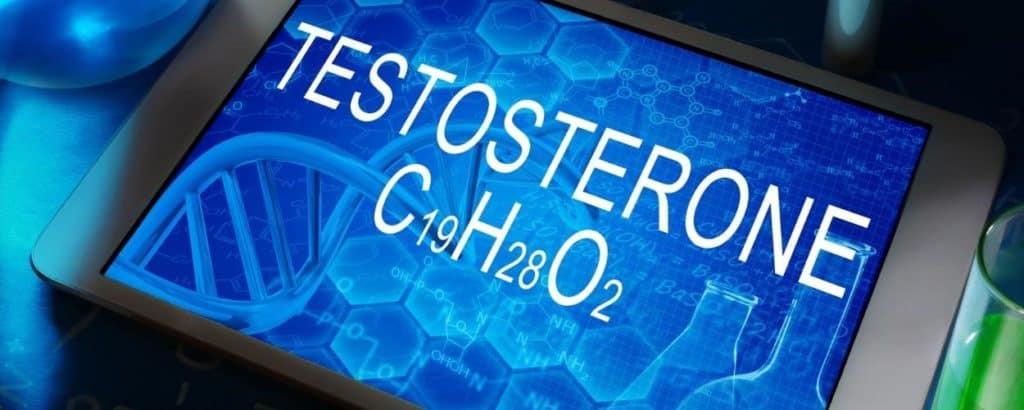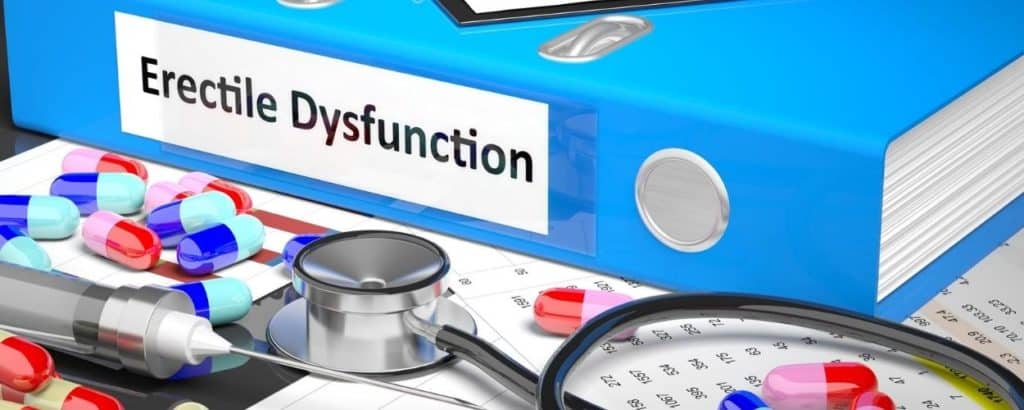
hormone replacement therapy testosterone
testosterone replacement therapy miami
Side effects of testosterone therapy are a hot topic in the medical world and elsewhere. Researchers have been investigating the potential side effects of testosterone therapy on the cardiovascular system for years. Although some studies suggest that testosterone replacement therapy is beneficial for some men in some cases, others have indicated that there could be potential side effects. To understand the potential side effects of testosterone therapy, we need to look at the body. Testosterone replacement therapy has been shown to impact sexual performance and libido positively. Unfortunately, it is not known if the therapy will have any long-term impact on the cardiovascular system. Research has also suggested that testosterone replacement therapy could increase the risk of prostate and other cancers in some men. Patients should be informed about testosterone replacement therapy's possible side effects and risks.
Remember that your provider is human. Your provider will be more comfortable if you are friendly and cordial. This will allow for open communication and make them feel at ease. It is possible to have a conversation about low testosterone and create a partnership, rather than a paternalistic one.
You may be intimidated by discussing sensitive personal issues like urinary tract problems, erectile dysfunction, or low testosterone. However, by candidly addressing these, you will give your provider the information they need to help you overcome them.




